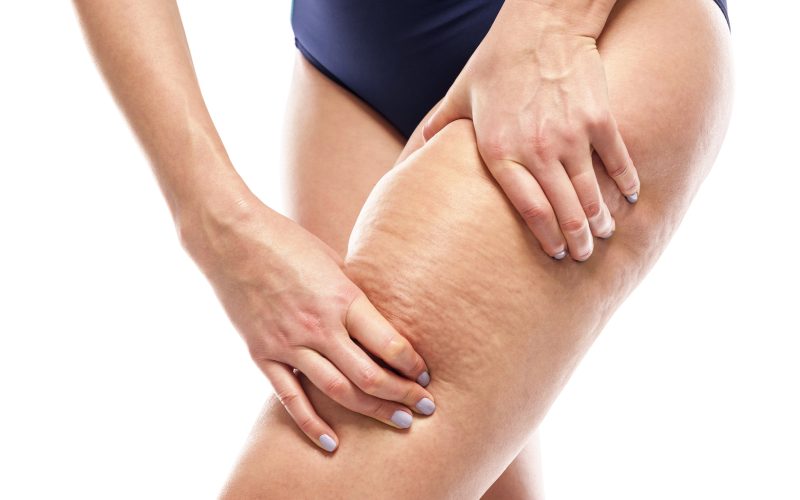A Common Skin Infection
Cellulitis is a bacterial skin infection that can occur anywhere on the body. It is typically caused by bacteria entering the skin through a cut, wound, or crack. While anyone can develop cellulitis, certain factors can increase the risk, including poor circulation, immobility, a weakened immune system, and underlying medical conditions such as diabetes or lymphoedema.
Symptoms of Cellulitis
- Painful, Hot, and Swollen Skin: The affected area often becomes painful, tender, hot to the touch, and visibly swollen. This inflammation is a result of the body’s immune response to the bacterial infection.
- Redness: The skin surrounding the infection site typically appears red, indicating inflammation and increased blood flow to the area. In individuals with darker skin tones, this redness may be less noticeable.
- Blistering: In some cases, cellulitis can lead to the formation of blisters filled with clear fluid or pus. These blisters may be tender to the touch and can increase the risk of further infection if they rupture.
- Swollen Glands: Swelling of nearby lymph nodes (glands) may occur in response to the infection. This can cause additional discomfort and tenderness in the affected area.
- Localized Symptoms: Depending on the location of the infection, symptoms may vary. For instance, cellulitis on the hands or feet may cause swelling in the fingers, toes, or back of the hand, while cellulitis around the eye can lead to redness and swelling of the eyelid.
- Systemic Symptoms: In severe cases or when the infection spreads beyond the skin, systemic symptoms may develop. These can include fever, chills, fatigue, and malaise.
- Complications: Without prompt treatment, cellulitis can lead to serious complications, such as the spread of infection to the bloodstream (bacteremia), soft tissues (fasciitis), or deeper structures like muscles and bones. In severe cases, this can result in life-threatening conditions such as sepsis.
It’s essential to recognize these symptoms and seek medical attention promptly, especially if you have underlying health conditions or experience severe symptoms.

Treatment Options
Treatment for cellulitis typically involves a course of antibiotics to eradicate the bacterial infection. The choice of antibiotic and duration of treatment depend on the severity of the infection and the patient’s overall health. For mild cases of cellulitis affecting a small area of skin, oral antibiotics may be prescribed. More severe infections may require intravenous antibiotics administered in a hospital setting.
In addition to antibiotic therapy, other supportive measures may be recommended to manage symptoms and promote healing. These may include:
- Pain Management: Over-the-counter pain relievers such as acetaminophen (paracetamol) or nonsteroidal anti-inflammatory drugs (NSAIDs) like ibuprofen can help alleviate pain and reduce inflammation.
- Elevation: Elevating the affected limb or area can help reduce swelling and improve circulation. Keeping the affected area elevated above the level of the heart when resting can aid in drainage and reduce discomfort.
- Moisturization: Keeping the skin clean, moisturized, and well-hydrated can help prevent dryness and cracking, reducing the risk of bacterial entry. Using gentle skincare products and avoiding harsh chemicals or irritants is advisable.
- Wound Care: Proper wound care is essential for preventing infection and promoting healing. Clean any cuts or wounds promptly with soap and water, apply an antiseptic ointment, and cover with a sterile bandage or dressing.
- Prevention of Recurrence: Individuals prone to recurrent cellulitis episodes may benefit from long-term preventive measures, such as prophylactic antibiotics or addressing underlying risk factors like venous insufficiency or lymphatic dysfunction.
It’s important to complete the full course of antibiotics as prescribed by your healthcare provider, even if symptoms improve before the medication is finished. Failure to do so can lead to incomplete eradication of the infection and increase the risk of recurrence or antibiotic resistance. Explore More About (Veins)

Preventing Cellulitis Recurrence
In addition to completing antibiotic therapy, there are steps individuals can take to reduce the risk of recurrent cellulitis episodes:
- Maintain Good Hygiene: Practice good hygiene habits, including regular handwashing with soap and water, especially after handling wounds or coming into contact with potentially contaminated surfaces.
- Moisturize and Protect the Skin: Keep the skin clean, moisturized, and protected from injury. Avoid prolonged exposure to harsh environmental conditions such as extreme temperatures or abrasive materials.
- Address Underlying Health Conditions: Manage underlying medical conditions that may predispose you to cellulitis, such as diabetes, venous insufficiency, or immune disorders. Follow your healthcare provider’s recommendations for disease management and preventive care.
- Protective Measures: Take precautions to prevent skin injuries and infections. Wear appropriate protective gear when engaging in activities that increase the risk of cuts, scrapes, or puncture wounds, such as gardening or construction work.
- Regular Monitoring: Be vigilant for signs of skin infection or injury, especially in areas prone to cellulitis, such as the lower legs or feet. Promptly seek medical attention if you notice any signs of infection, such as redness, swelling, warmth, or drainage from a wound.
By adopting these preventive measures and maintaining vigilant self-care practices, individuals can reduce the likelihood of recurrent cellulitis episodes and minimize the impact of this potentially serious skin infection on their health and quality of life.
Conclusion
In conclusion, cellulitis is a common bacterial skin infection that can cause discomfort and complications if left untreated. Recognizing the symptoms, seeking prompt medical attention, and adhering to prescribed treatment and preventive measures are essential steps in managing cellulitis effectively and reducing the risk of recurrence. By working closely with healthcare providers and practicing good self-care habits, individuals can protect their skin health and overall well-being.












